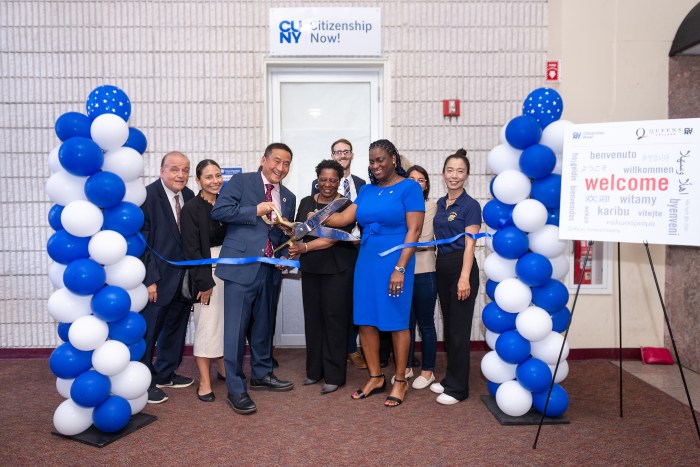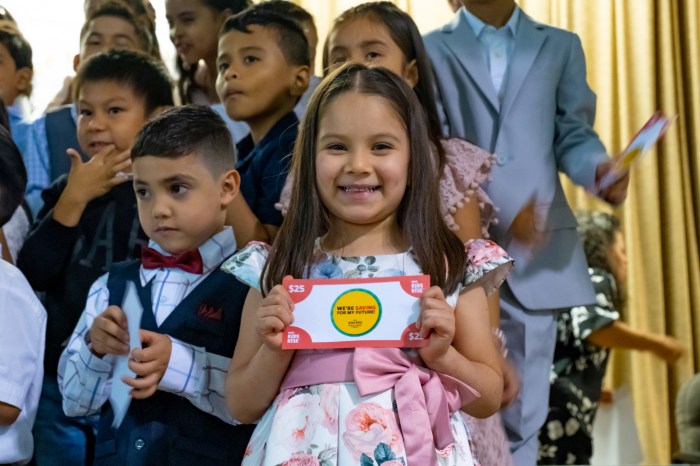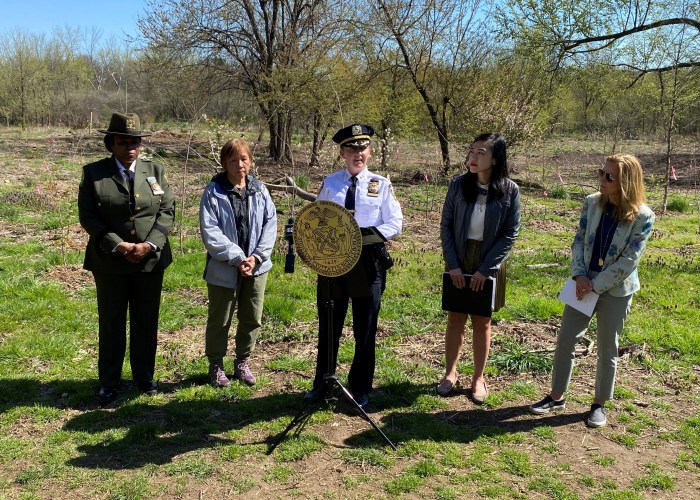Flushing High School was founded in 1876 and the Department of Education calls it the oldest high school in New York City. In the last quarter century it has also become an excellent example of an efficient educational program that provides the seamless integration of immigrants into American society.
Like downtown Flushings polyglot store signs during the past 30 years, registration of foreign-born students in local neighborhood schools has soared to a steady 20 percent ratio. Back in 1994, The Queens Courier described a junior high school that had students from 49 different countries.
High school-aged youngsters are undergoing physical and pyschological changes that significantly affect their ability to learn. Added to these normal barriers are many teenagers who have to labor under the added handicaps of having to learn a new language and new social customs.
Flushing High School principal Cornelia Gutwein faces the normally overwhelming task of teaching 3,000 teenagers. She and her staff must also deal with the task of communicating with one-fifth of those students, to whom English is either new or secondary to their native tongue.
Despite these potential pitfalls, Gutweins students have met or surpassed citywide English, math and science Regents passing averages. A key aspect of this teaching/learning success story is the extra effort by both teachers and students. For its students needing help, the Flushing school, located on Union Street off of Northern Boulevard, gives three additional hours to intensive help in its special weekend "Saturday Academy." Teachers are also sent to four special classes every school year.
Stressing that help is available to everyone, Gutwein said that these students are tested for ability before being placed in mandated "English As A Second Language" (ESL) classes to study math, science and English. Since class placement depends on their individual progress, every foreign student has a special program.
Calling the maintenance of existing city, state and federal educational programs for these youngsters "critical," Gutwein asked for additional state funding to expand the state and federally-mandated programs.
Gutwein said that the schools "success stories" have come in very unique ways. Its valedictorians for the graduating classes of 2003 and 2004 came from Colombia and China, and students from Afghanistan, Korea and El Salvador all won scholarships to leading American universities.
Declaring that she enjoyed working with these students, Gutwein called it "motivating and satisfying, because we learn from our students. I feel very fortunate to be working at Flushing High School."
Victor Ross is a freelance writer.































